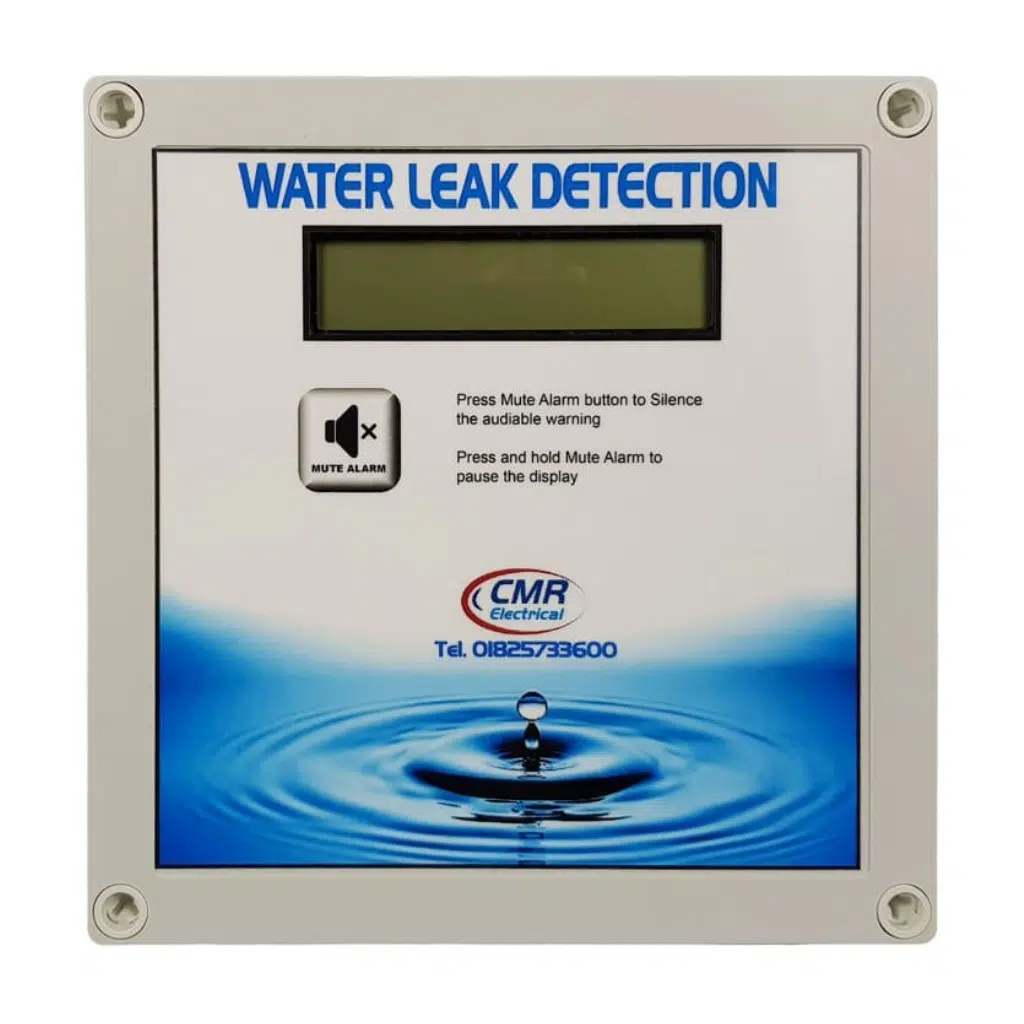Cutting-edge Solutions for Early Discovery of Water Leakages in Structures and Facilities
As the honesty of structures and framework is paramount, the obstacle of early detection of water leakages has spurred cutting-edge solutions that guarantee to transform the way we secure versus possible damages. From cutting-edge leakage discovery innovations to the deployment of IoT sensors for real-time monitoring, the landscape of leakage prevention is evolving swiftly. Artificial intelligence algorithms use a glance into the future of leakage forecast, while thermal imaging presents a non-intrusive technique for determining hidden leakages. Automated water flow analysis systems are improving how leakages are determined and attended to, leading the way for a proactive strategy to water leak discovery. Each of these options holds the crucial to ensuring the integrity and long life of our built setting, triggering a change towards a much more sustainable and efficient future.
Advanced Leak Discovery Technologies
Advanced leak discovery modern technologies, furnished with advanced sensors and algorithms, play an essential function in promptly determining and pinpointing water leaks in various settings. These technologies use a combination of acoustic, thermal, and electro-magnetic noticing methods to detect leakages precisely. Acoustic sensing units identify the noise of running away water, enabling accurate localization of the leak source. Thermal imaging discovers temperature level changes caused by water leak, supplying another effective technique for leak recognition. Electromagnetic sensors can recognize modifications in magnetic fields triggered by water, offering yet one more layer of leak detection ability.

IoT Sensors for Real-Time Tracking
In the realm of modern-day water leak detection, the integration of IoT sensors for real-time monitoring stands for a crucial innovation in boosting aggressive leak discovery capabilities. These sensors use continual tracking of water supply, offering real-time information on water circulation prices, pressure variations, and temperature changes. By leveraging IoT technology, these sensors can discover also the tiniest abnormalities in water usage patterns, allowing early identification of prospective leakages before they intensify into significant problems.
IoT sensing units transmit data to a centralized platform, where sophisticated algorithms evaluate the info and produce alerts or alerts when abnormalities are detected. This real-time monitoring capacity permits homeowner or facility supervisors to immediately attend to leakages, reducing water damage, reducing fixing prices, and saving water resources.
Moreover, IoT sensors can be integrated with structure administration systems, enabling for automated feedbacks to identified leakages, such as turning off water shutoffs or turning on pumps to alleviate the effect of leaks. On the whole, the application of IoT sensors for real-time monitoring considerably boosts the effectiveness and effectiveness of water leakage detection in buildings and facilities.
Artificial Intelligence Algorithms for Leakage Prediction

One trick advantage of using artificial intelligence for leak forecast is its capability to continuously learn and boost its accuracy over time. As even more data is gathered and fed into the algorithm, it can refine its forecasts and adapt to changing problems, ultimately raising the reliability of leakage detection systems.
Moreover, maker knowing formulas can assist in identifying subtle signs of leakages that might go undetected by standard monitoring techniques. water leak detection. By analyzing complex data collections in real-time, these algorithms can provide very early cautions and informs, permitting punctual intervention and precautionary upkeep to alleviate possible water damages and linked costs
Making Use Of Thermal Imaging for Leak Detection
Thermal imaging technology provides an encouraging strategy for finding water leaks in different systems and frameworks. By utilizing infrared radiation and temperature differences, thermal imaging cameras can determine covert leakages that are not conveniently visible to the naked eye. When water gets away from pipelines or structures, it frequently alters the temperature level of the surrounding location, producing temperature level differentials that thermal cameras can catch. These temperature level abnormalities are after that converted right into visible images, highlighting the precise place of the leak.
One of the essential advantages of thermal imaging for leakage discovery is its non-intrusive nature. In general, the usage of thermal imaging innovation improves the click for source performance and precision of water leak discovery, making it a valuable tool for maintaining the stability of buildings and facilities.
Automated Water Circulation Analysis Solutions
Exactly how can automated water flow analysis systems transform the detection and monitoring of leakages in numerous systems and frameworks? Automated water circulation evaluation systems use a proactive strategy to leak discovery by continuously keeping an eye on water flow prices and patterns. By establishing standard information, these systems can rapidly recognize visit the site inconsistencies that may show a leakage, enabling timely treatment to stop considerable damage.
These systems make use of advanced algorithms to examine real-time data and supply immediate informs when abnormalities are found, permitting quick activity to be taken. In addition, automatic water circulation analysis systems can be integrated with building monitoring systems or IoT systems, enhancing general effectiveness and making it possible for remote tracking capabilities.
In addition, the information accumulated by these systems can be made use of for anticipating upkeep objectives, aiding to determine prospective powerlessness in the facilities before leaks occur. In general, the implementation of automated water flow evaluation systems can substantially enhance leakage discovery and administration methods, eventually resulting in cost financial savings, decreased water waste, and enhanced sustainability in buildings and framework.

Conclusion
Finally, the assimilation of sophisticated leakage discovery modern technologies, IoT sensors, artificial intelligence algorithms, thermal imaging, and automatic water circulation analysis systems uses innovative services for early detection of water leaks in buildings and infrastructure. These technologies allow real-time monitoring, prediction of leaks, and click to investigate effective discovery techniques to avoid water damages and waste. Executing these services can assist in maintaining the integrity and sustainability of water supply in various settings.